The Eternal Abstract (無盡的抽象) celebrates more than 50 years of paintings by Henan-born, Taiwan and US-raised Fong Chung-ray (馮鍾睿), who dabbled in abstract art long before it was cool to do so in Taiwan. Fong, now 83, started with abstract brush painting in the 1950s before combining Chinese brush painting and Western abstract art in the 1960s. During this time, he also made his own paint brushes with palm leaves. By the 1980s, Fong had switched to collage, overlapping Chinese characters onto them — a technique that continues to use. Making used of subdued, earthy hues, Fong’s paintings are both fluid and discordant, appearing from afar as pop culture posters.
■ Asia Art Center, 177, Jianguo S Rd Sec 2, Taipei City (台北市建國南路二段177號), tel: (02) 2754-1366. Open Tuesdays to Sundays from 10am to 6:30pm
■ Until Feb. 26
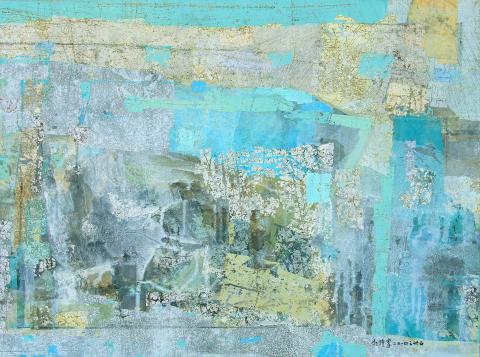
Photo courtesy of Asia Art Center
Monologue in Outer Space (真空獨白) is a joint exhibition by artistic troupe Rabbit At The Right Side and the interns at Treasure Hill Artist Village. The installation explores universal themes of love and betrayal by telling the story of a love triangle involving one man and two women. They each take turns telling a “monologue,” a strategy that the artists have employed to give equal representation to each character’s perspective without favoring or condemning one perspective over the other.
■ Treasure Hill Artist Village (寶藏巖國際藝術村), 2, Ally 14, Ln 230, Dingzhou Rd Sec 3, Taipei City (台北市汀州路三段230巷14弄2號), tel: (02) 2364-5313. Open Tuesday to Sundays from 11am to 6pm
■ Until Feb. 28

Photo courtesy of Soka Art Center
Animation has come a long way. Thirty-five years ago, the Arts et Technologies de l’Image (ATI) was established to cater to graduate students at Paris 8 University interested in learning how to combine art with computer technology — a novel concept at the time. Imaging Paris — Animation Exhibition by ATI Paris 8 University (影見巴黎-巴黎第八大學動畫影展) is a series of short animated films on display at MOCA, Taipei that were created by the school’s graduates, which revolve around the theme of life in the French capital. The content ranges from realistic and somber to existential and contemplative — mostly conveyed through cute cartoons. Some films contain violence and nudity so viewers under the age of 12 must be accompanied by an adult.
■ Museum of Contemporary Art, Taipei (台北當代藝術館, MOCA, Taipei), 39 Changan W Rd, Taipei City (台北市長安西路39號), tel: (02) 2552-3720. Open Tuesdays to Sundays from 10am to 6pm
■ March 5
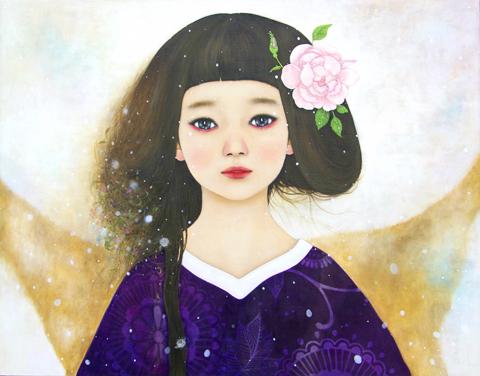
Photo courtesy of Soka Art Center
Splendid Resonance: Ancient Chinese Jade Culture (玉意深遠 — 中原古代玉器文化展) showcases 20 jade artifacts excavated from China’s Henan Province and dating from the late Neolithic period to the Han Dynasty. The exhibition reveals that jade was associated with social status, and was used in rituals to connect with deities and buried with the deceased to help them achieve immortality. Jade continues to be seen as an auspicious symbol.
■ National Museum of History (國立歷史博物館), 49 Nanhai Rd, Taipei City (台北市南海路49號), tel: (02) 2361-0270. Open Tuesdays to Sundays from 10am to 6pm
■ Until March 12
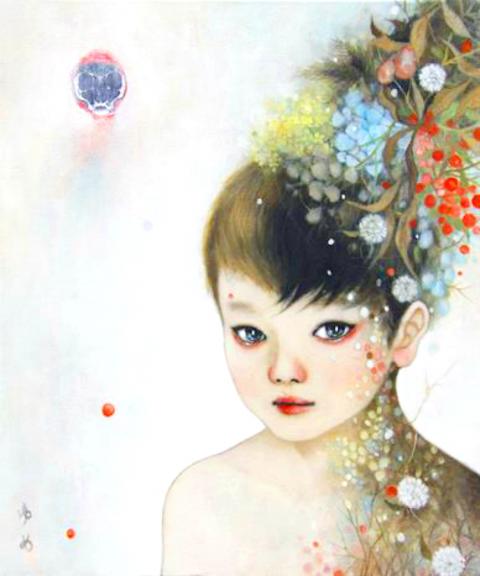
Photo courtesy of Soka Art Center
Kiriko Iida’s paintings of cherubic, celestial children and adolescents can be perceived as innocent or filled with pedophilic undertones. The Adam and Eve motif that the Japanese artist employs, while seemingly trite, is beautifully rendered and achieves the goal of showing the emotional and physical fragility of human beings. Though tinges of evil are apparent, it is achieved subtlety through the color black, particularly the black cloaks that some of her characters wear (the others are naked). After Image of the Light (光的殘像) is currently on view Soka Art Center.
■ Soka Art Center (索卡藝術中心), 2F, 57, Dunhua S Rd Sec 1, Taipei City (台北市敦化南路一段57號2樓), tel: (02) 2570-0390. Open Tuesdays to Sundays from 11am to 9pm
■ Until March 12
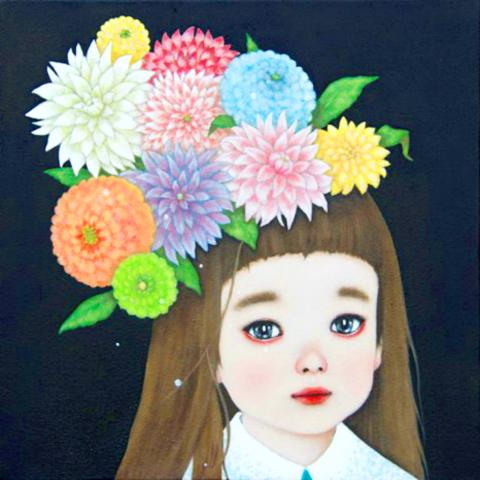
Photo courtesy of Soka Art Center
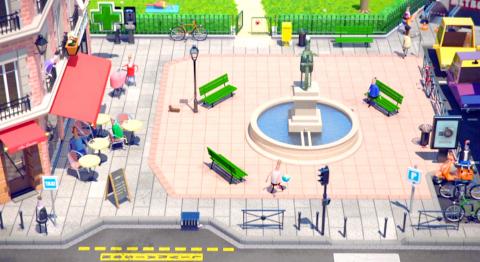
Photo courtesy of MOCA
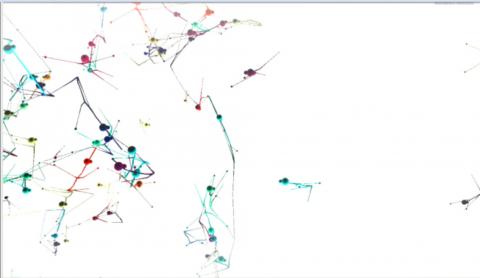
Photo courtesy of MOCA, TAIPEI

In the March 9 edition of the Taipei Times a piece by Ninon Godefroy ran with the headine “The quiet, gentle rhythm of Taiwan.” It started with the line “Taiwan is a small, humble place. There is no Eiffel Tower, no pyramids — no singular attraction that draws the world’s attention.” I laughed out loud at that. This was out of no disrespect for the author or the piece, which made some interesting analogies and good points about how both Din Tai Fung’s and Taiwan Semiconductor Manufacturing Co’s (TSMC, 台積電) meticulous attention to detail and quality are not quite up to

Chinese Nationalist Party (KMT) Chairman Eric Chu (朱立倫) hatched a bold plan to charge forward and seize the initiative when he held a protest in front of the Taipei City Prosecutors’ Office. Though risky, because illegal, its success would help tackle at least six problems facing both himself and the KMT. What he did not see coming was Taipei Mayor Chiang Wan-an (將萬安) tripping him up out of the gate. In spite of Chu being the most consequential and successful KMT chairman since the early 2010s — arguably saving the party from financial ruin and restoring its electoral viability —

It is one of the more remarkable facts of Taiwan history that it was never occupied or claimed by any of the numerous kingdoms of southern China — Han or otherwise — that lay just across the water from it. None of their brilliant ministers ever discovered that Taiwan was a “core interest” of the state whose annexation was “inevitable.” As Paul Kua notes in an excellent monograph laying out how the Portuguese gave Taiwan the name “Formosa,” the first Europeans to express an interest in occupying Taiwan were the Spanish. Tonio Andrade in his seminal work, How Taiwan Became Chinese,

Toward the outside edge of Taichung City, in Wufeng District (霧峰去), sits a sprawling collection of single-story buildings with tiled roofs belonging to the Wufeng Lin (霧峰林家) family, who rose to prominence through success in military, commercial, and artistic endeavors in the 19th century. Most of these buildings have brick walls and tiled roofs in the traditional reddish-brown color, but in the middle is one incongruous property with bright white walls and a black tiled roof: Yipu Garden (頤圃). Purists may scoff at the Japanese-style exterior and its radical departure from the Fujianese architectural style of the surrounding buildings. However, the property